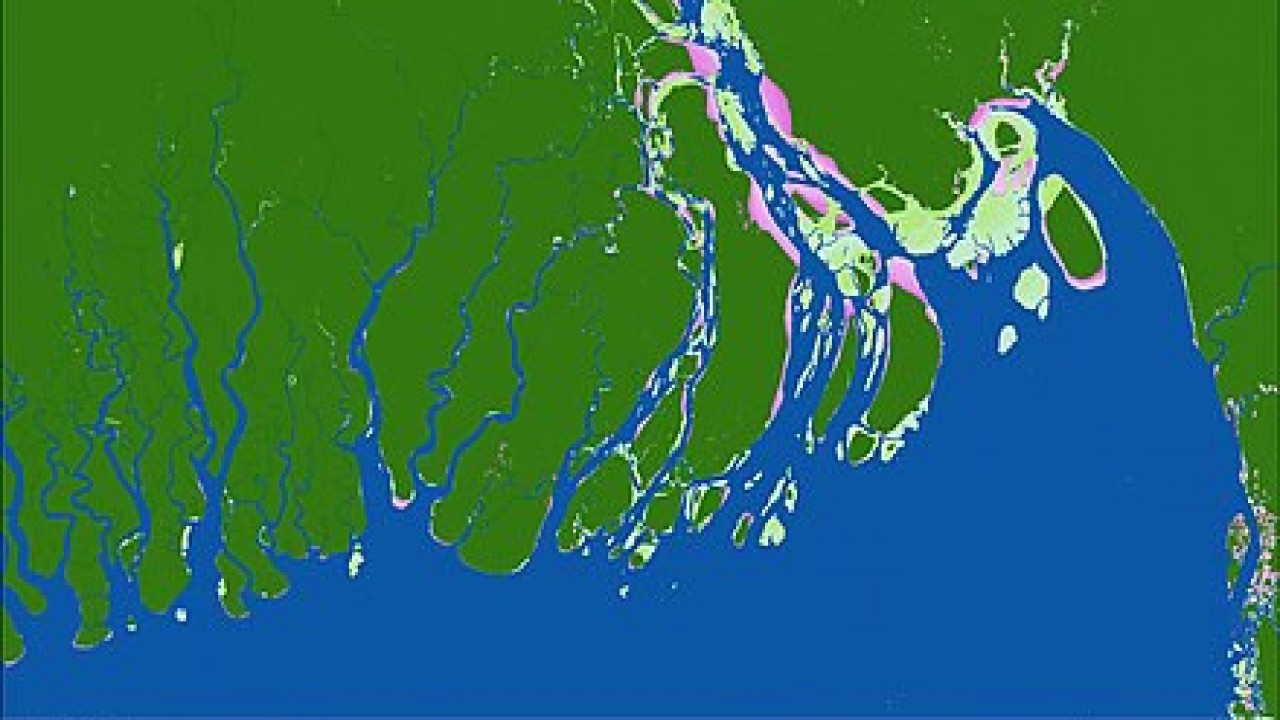Let the Nature to Act!
Currently, water resources of Bangladesh are facing a staggering problem on deposition of plastic and other non-degradable resource in the sediment and riverbed. The waste load is accumulating over time following the lack of flushing velocity of river and canals. Waste accumulation in natural stream in a city is well anticipated to be natural event since twenty year or even earlier. However, the tourist cities and watersheds thought to be cope with the situation following a relatively lower pollution load from the stakeholder community. Moreover, the low waste or organic livelihood tradition has kept them in an unique example of living in harmony of nature.
The waste generation rate in Bangladesh showed an increasing trend of 480g/cap/day in 2010 to 570g/cap/day 2017, which may reach up to 600g within next decades as reported in many studies. Though between 1990-2010 the rate of waste generation is showed a slow increase, an increasing trend followed of use of packaging materials by both the producer and consumer to assure higher hygiene and food integrity for almost everything. The health consciousness and cheap carry materials has increased the plastic volume significantly. Though the weight increase is insignificant in this decade, the volume load would be much higher which require careful evaluation. Because, a large number of paper-based materials has replaced as a packaging material which has higher mass compared to polyethylene-based materials.
During early 90s, the population density in the hilly watershed area or remote part of Chittagong Hill Tracts (CHTs) was significantly lower than the other part of the country in Bangladesh. Though a census-supported report is not available, especially in CHTs, the residing and floating population both has increased in last decades following a relatively un-agitated socio-political situation in the region. Moreover, higher potential for development and growth has triggered pull factor towards migrations from plain land to this part of Bangladesh. Additionally, tourism development following a surge of increase local tourist has a significant role to population increase in these gifted regions. On the contrary, local tourists are mostly apathy to the conservation of nature in many instances. Consequently, the waste load getting bigger in most of Eco-touristic facility areas. Most of the settlement area in CHTs are composed with a number streams or situated beside rivers. While these streams were carrying fresh water, facilitating bath and other domestic water use to the locality, currently most of them chocked by waste and debris of household waste. Many of them lost its flow under the heap of waste. The stream running in Barkal Upazila of Rangamati District used to supply water for domestic uses, fishes swim through shallow running water, which was visible from the bank, now it simply a waste stream! The only water supplying stream to the locality currently covered by settlement to downstream part and carrying domestic discharge to Karnaphuli River. The settlement is progressing towards upstream every month. The sweet water source and scenic beauty, no bounties let people restrain to exploit these streams.
In developed countries, the citizen plays major role in sorting, separation, collection, and disposal where city authorities opt to find final disposal, up-scaling, and recycling solution. In Banglades few voluntary groups and concern communities effort has initiated which has help to increase consciousness on these valuable resource and proper waste collection facilities in urban areas and ecotourism places that we have noticed during several field visits to Sathchari, Ratargul and other areas. However, disposal, 3Rs, upscaling the waste resource are still far from the state to implement. The mega-cities, municipal areas, pourashavas, towns, and urban growth centers almost every settlement area of Bangladesh deemed as a large dumping basket and no heeds is given so far in proper disposal and management so that it may encourage the conscious citizen to act their part in proper collection and disposal. The scavenging effort has well tried to reduce the waste load with the aid of a very doleful, dangerously inhabiting community surrounding the dumping station! The scattered effort of composting and electricity generation still to produce a significant impact compared to colossal problem in the society. The cost of this dangerous living is, increase exposure to health hazard, frequent non-communicable diseases, as well as long-term illness. However, the total cost of this management is yet to be reckoned!
There is no alternatives but living minimal and innovating towards trim-down footprints so that nature can repossess it.








0 Comments